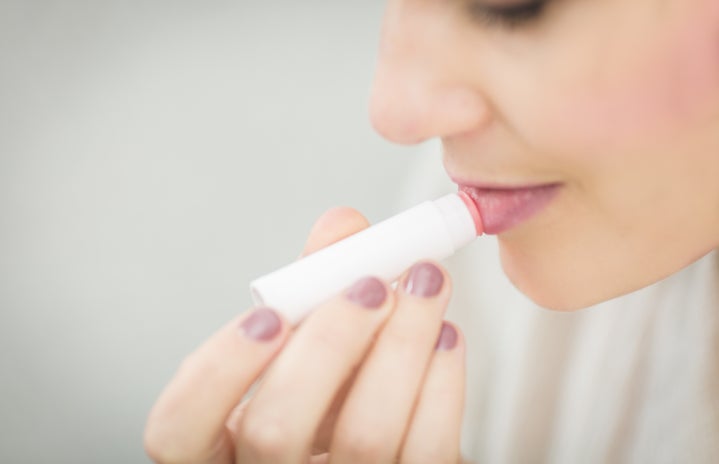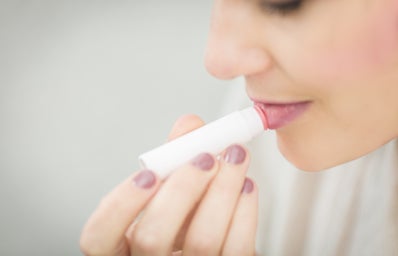Every woman should learn how to be her own skincare expert – Bobbi Brown
We often spend a lot of time and money on makeup and outfits but often neglect to pay attention to the most important thing: how our skin looks underneath. I became interested in skin care about a year ago, though I have to admit that skin care products tend to cost an arm and a leg and as a student it can be a struggle deciding if a product is really worth all those pennies I’ve pinched. I’m sure I’m not the only one who wonders, what’s the relationship between the price of skin care products and their quality? Will that 24k gold mask do a much better job than any regular drug store mask? I talked to a skin care professional who told me that it all lies in the ingredients; it doesn’t matter the price point, if an expensive brand’s product has ingredients that are bad for your skin, it’s not worth it. So I took to the stores and the glorious world of the internet to find out more about skin care ingredients, the good, the bad and the in-between.
Cleansers
Washing your face with any regular face wash or bar soap might not seem like a big deal, but a lot of the drug store face washes tend to be harsh on the skin. Not only do they sometimes fail to penetrate the skin to remove all the dirt and oils but some of the products, especially bar soaps, tend to extract all the moisture from the skin leaving it dry and flaky. A very common ingredient found in face and bar soaps is Sodium Lauryl Sulfate/Sodium Laureth Sulfate (SLS). This is found in the same products used to remove grease from car engines as such, and extremely harmful for your skin.
On the flip side, a product to keep an eye out for is Salicylic acid. Not only is it great for acne treatments, it also helps to deeply cleanse the skin without drying it out completely. A natural ingredient that can help cleanse the face properly is honey. When combined with other essential oils like tea tree oil, it acts as an excellent natural cleanser. Check out this DIY foaming cleanser made with honey, tea tree and other essential oils.
Toners
Everyone’s skin care routine is different; some people have success stories with using toners while others simply skip this step entirely. Not only does a toner help remove the last bits of makeup from your face, it also preps your skin so it can absorb the rest of the products you’re about to apply. With toners, the rules about ingredients are tricky. Like all other products it’s important to understand your skin type and use the right products for it.
If you have oily to combination skin, using toners (Astringents) with ingredients like witch hazel or acids (like salicylic acid) will do the right job of removing all the excess oils from your face and stop excessive breakouts. However, if you’re on the dryer side, steer clear from these products as they will be too drying and stick to more water-based ingredients like rosewater or chamomile which are more soothing. A natural toner that you can use is diluted organic apple cider vinegar (ACV). It is also important to look for the ACV with mother* since this is the most organic form. You can dilute it down as much as you want depending on the sensitivity of your skin. Check out this DIY option that shows you different combinations for every skin type.
Exfoliators
While a cleanser can remove most of the oils from your face, an exfoliator does much more. It helps not only to remove the oils and dirt clogging up your pores but also helps to lift away the dead skin which makes your face appear dull. An important ingredient to watch out for in your exfoliator is Urea- diazolidinyl urea or also labelled as imidazolidinyl urea which is essentially a formaldehyde. The harmful effects of formaldehydes on the skin has been highly researched and said to cause skin cancer. Any product containing these ingredients will in the long run cause irritations to the skin so it is important to stay away from them. There is a wide range of natural exfoliators to use if you’re on a budget. You can either go with a more intense natural exfoliator like DIY baking soda mix or go for a gentler mixture of sugar, honey and lemon juice.
Moisturizers
This is the last step in any skin care routine. It is important to return all the lost moisture back to the face to keep it looking dewy and fresh. The most important ingredient to avoid in your moisturizers are parabens as they are one of the most harmful preservatives in skin care products. Another ingredient, although unavoidable, is fragrance. Companies are not legally required to detail what goes into “fragrance”; this poses a risk for you as a consumer as you cannot specifically know what you’re applying on your face if it hides under this sneaky label. Ideally, you should opt for unscented products if you want to avoid falling into this trap, but we all know how beautiful the smell of a mango scented moisturizer could be. The best measure for a good moisturizer is if it has hyaluronic acid. This magical ingredient provides your skin with the optimum hydration it needs and it also has anti-aging properties. The best natural moisturizer is coconut oil. Put it on at night, during the day, and over time you’ll start to see the benefits.
http://thestore.com/blog/back-basics-beauty-wash-face/
http://readanddigest.com/apple-cider-vinegar-benefits-and-uses/
http://www.huffingtonpost.ca/2016/03/18/ways-to-use-coconut-oil_n_950102…

